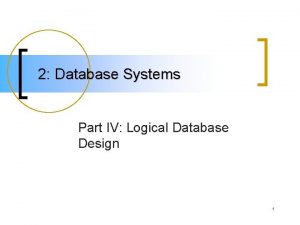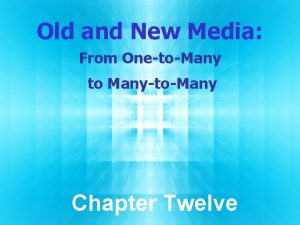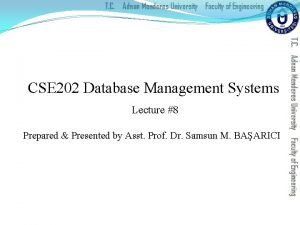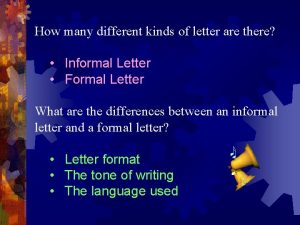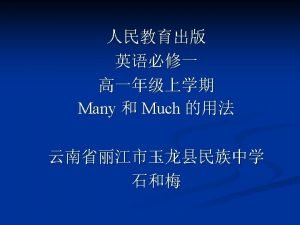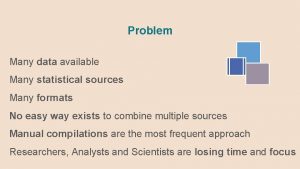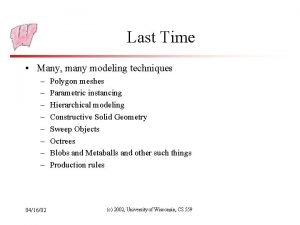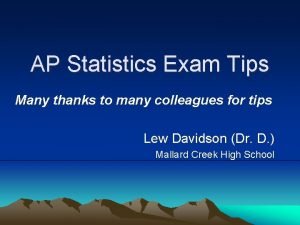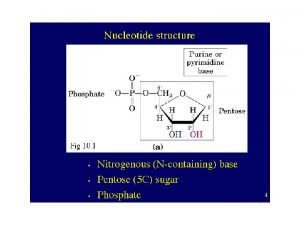How many 1 2 3 4 5 6












- Slides: 12

How many? 1. 2. 3. 4. 5. 6. 7. Inches in a foot? Feet in a yard? Yards in a mile? Miles in a nautical mile? Ounces in a pound? Pounds in a ton? Teaspoons in a table 8. 9. 10. 11. 12. spoon Tablespoons in a cup Ounces in a cup Cups in a pint Pints in a quart Quarts in a gallon Temperature When 1. 2. Water boils? Water freezes?

Why science ALWAYS uses metric Two different groups of scientists were working on the calculations to send a probe to Mars. The American team did their calculations in the English standard and the other team did it in the metric system (OOPS!) • It cost the space program 125 MILLION dollars • It cost the scientists their time

The Metric System • The metric system is an internationally standardized system of units of measurement. • The metric system is based on a base unit and prefixes.

Prefixes • • Kilo Hecto Deca none Deci Centi Milli - 1000 10 1 0. 01 0. 001 k h da none d c m

Base Units • Length: Meter • Mass: Gram • Volume: Liter • Time: Second (DOES NOT USE PREFIXES!)

Length • Metric Units of Length – – – – Kilometer (km) = 1000 m Hectometer (hm) = 100 m Decameter (dam) = 10 m Meter (m) = 1 m Decimeter (dm) = 0. 1 m Centimeter (cm) = 0. 01 m Millimeter (mm) = 0. 001 m

Mass • Metric Units of Mass – – – – Kilogram (kg) = 1000 g Hectogram (hg) = 100 g Decagram (dag) = 10 g Gram (g) = 1 g Decigram (dg) = 0. 1 g Centigram (cg) = 0. 01 g Milligram (mg) = 0. 001 g

Volume • Metric Units of Capacity – – – – Kiloliter (k. L) = 1000 L Hectoliter (h. L) = 100 L Decaliter (da. L) = 10 L Liter (L) = 1 L Deciliter (d. L) = 0. 1 L Centiliter (c. L) = 0. 01 L Milliliter (m. L) = 0. 001 L

Conversions within the Metric System • To convert units within the metric system, write the prefixes in order from largest to smallest k h da d c m • To convert from a smaller unit to a larger unit, move to the left • To convert from a larger unit to a smaller unit, move to the right

Ex: Convert 1600 cm to m • km hm dam m dm cm mm • Move 2 places to the left to get from cm to m • Therefore, move the decimal point in 1600 two places to the left to convert from cm to m Ø 1600 cm = 16. 00 m

Ex: Convert 2 k. L to L • k. L h. L da. L L d. L c. L m. L • Move 3 places to the right to get from k. L to L • Therefore, move the decimal point in 2 three places to the right to convert from k. L to L Ø 2 KL = 2000 L

Ex: Convert 45 cm to km • km hm dam m dm cm mm • Move 5 places to the left to get from cm to km • Therefore, move the decimal point in 45 five places to the left to convert from cm to km Ø 45 cm = 0. 00045 km
